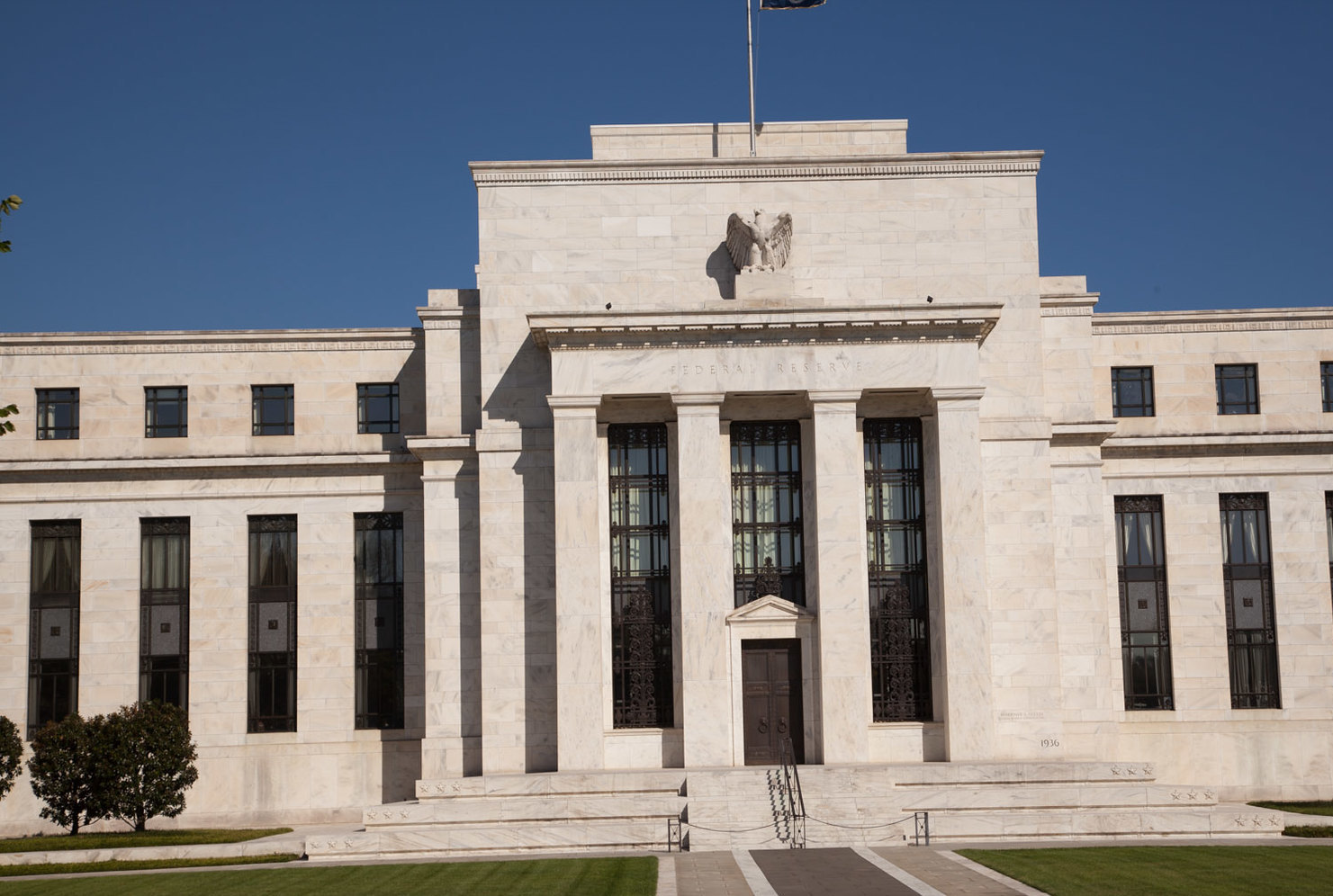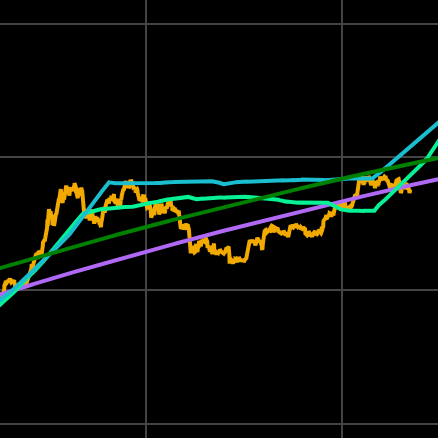
Key Takeaways
- U.S. inflation rose 0.1% in May, below expectations.
- Core CPI, excluding food and energy, also rose 0.1%.
- Energy and vehicle prices declined, while food and shelter costs increased.
U.S. inflation rose by 0.1% in May compared to the previous month, falling short of economists’ expectations of a 0.2% increase, as reported by the Bureau of Labor Statistics.
The annual inflation rate is now at 2.4%, matching the forecasted value.
Core CPI and Sector Performance
Excluding food and energy, the core consumer price index (CPI) also rose 0.1%, with an annual rate of 2.8%, both figures below the predictions of 0.3% and 2.9% respectively.
Federal Reserve officials have highlighted the importance of core CPI as a measure of long-term economic trends. Concerns were noted regarding the impact of President Trump’s tariffs on inflation.
Energy prices declined by 1% in May, while prices for new and used vehicles dropped by 0.3% and 0.5%, respectively.
Meanwhile, food and shelter costs increased by 0.3%, with the latter being identified as a primary factor for the modest rise in the CPI. Apparel prices also saw a decline, dropping by 0.4%.
Tariff Impact and Future Outlook
The report comes amidst ongoing trade negotiations by the Trump administration, with recent tariffs yet to make a significant impact on inflation.
In April, President Trump announced a 10% duty on U.S. imports, which had initially unsettled financial markets.




